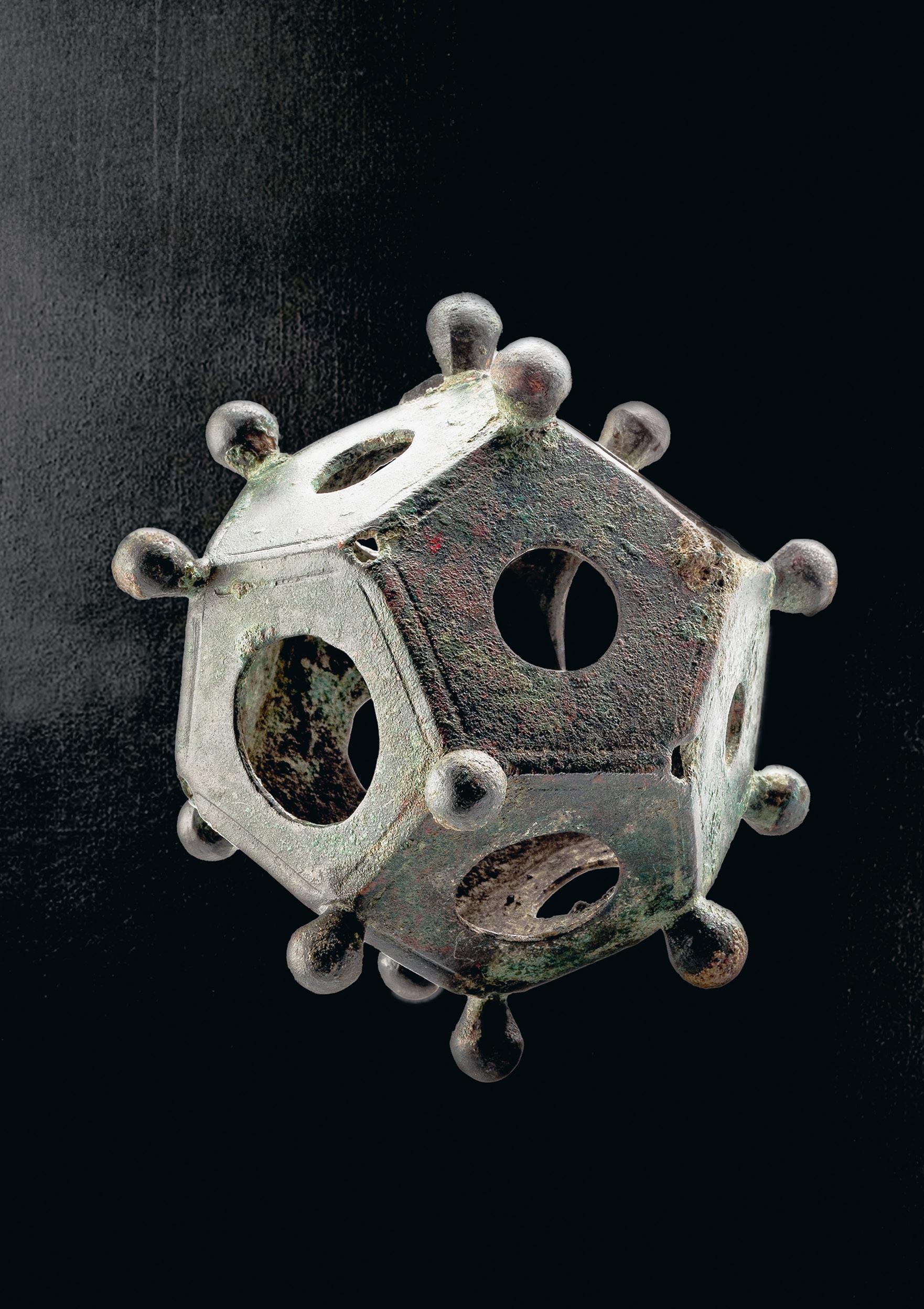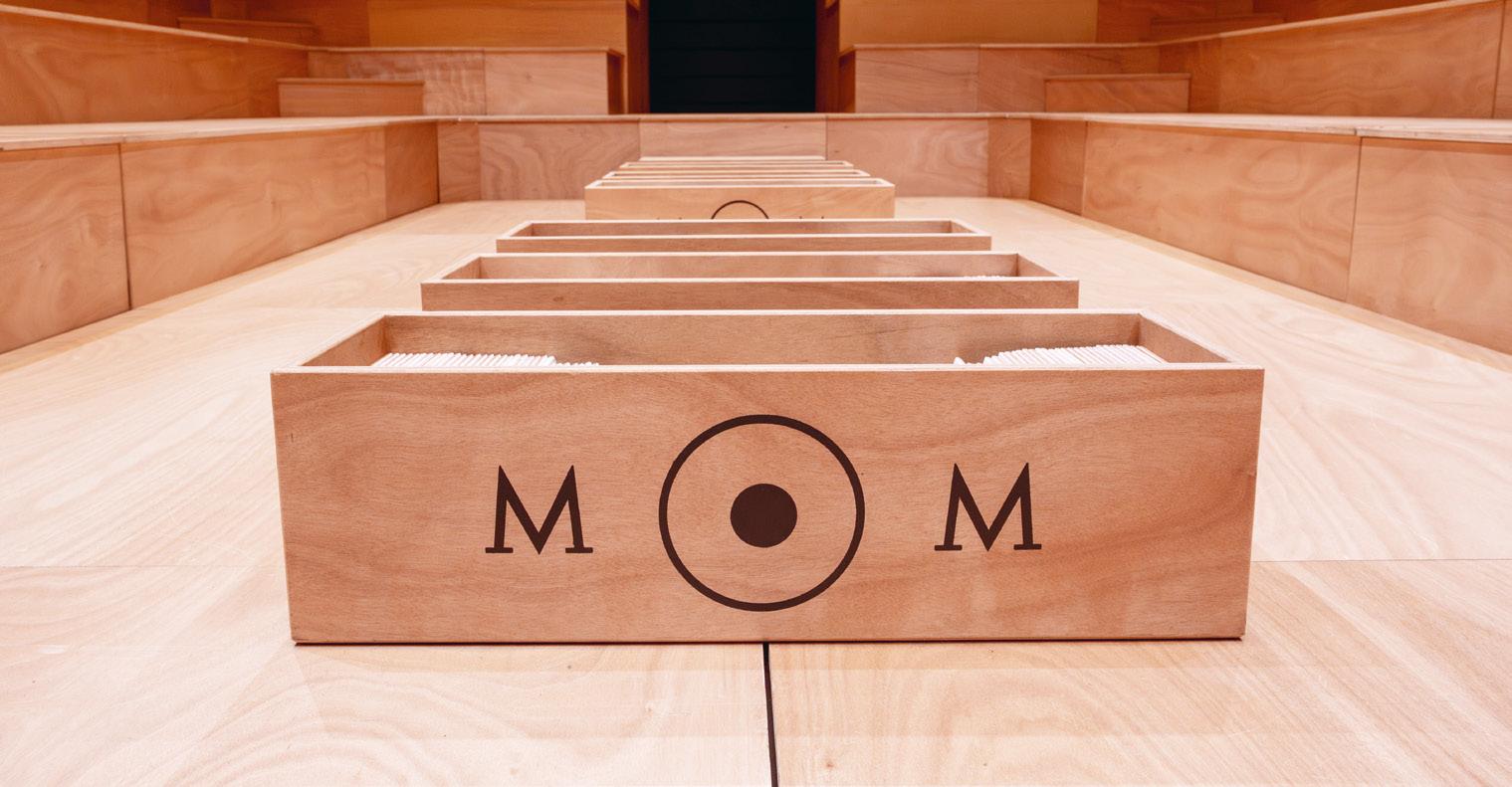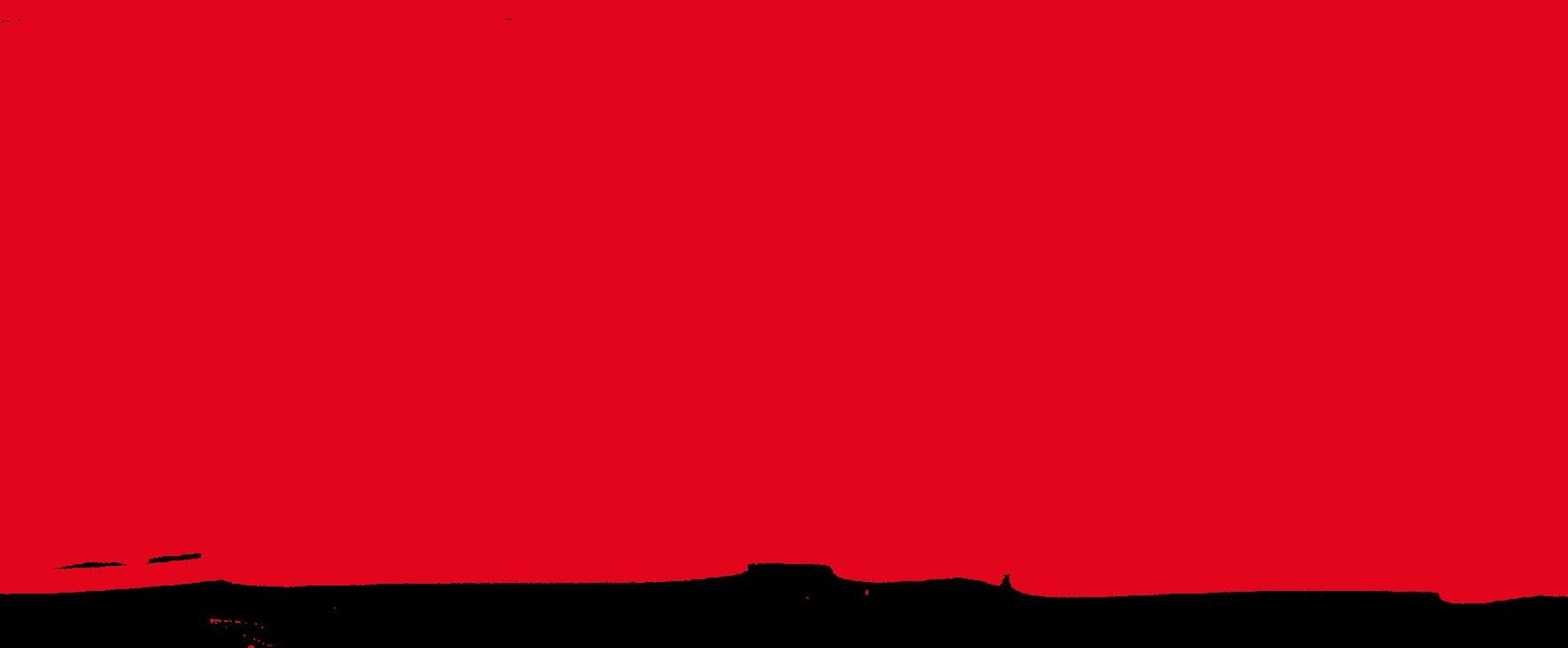




An archive for eternity: ceramic tablets as indestructible data carriers are to be stored in the Hallstatt salt mines in order to endure beyond the end of our civilisation. Austrian Martin Kunze began to turn this idea into reality in 2012, and has since then been collecting newspaper articles, scholarly essays as well as personal stories for his Memory of Mankind. This extraordinary project inspired Swedish director Marcus Lindeen to interlace documentary material with fiction in his current work. Interviews with Kunze as well as other people – a man who suffers from a rare form of amnesia, an archaeologist who searches for traces of a lost queer civilisation – are assembled into an intimate conversation about the obsession with remembering and being remembered. In the stageless theatre, a space shared by the audience and the four performers alike, the question arises: Does the unique power of humans rest on memory or, in fact, on the ability to forget?





6 / 7 June, 8 pm, 8 June, 6 and 9 pm
Jugendstiltheater am Steinhof
French
German and English surtitles
1 hr 30 mins
Please note
Age recommendation 14+ Q&A
7 June, following the performance
Text, Direction, Concept Marcus Lindeen Concept, Dramaturgy, Translation Marianne Ségol Music, Sound design
Hans Appelqvist Stage design Mathieu Lorry-Dupuy Light design Diane Guérin Costume Charlotte Le Gał Casting Naelle Dariya Technical Direction David Marain Sound engineer Nicolas Brusq Video technician Dimitri Blin Production, Management Emmanuelle Ossena, Charlotte Pesle Beal, Lison Bellanger (EPOC productions), Translation Surtitles, Surtitles Babel Subtitling (English), Simona Weber (German)
Production compagnie Wild Minds Coproduction Wiener Festwochen | Freie Republik Wien, T2G Théâtre de Gennevilliers, Festival d’Automne à Paris, Piccolo Teatro di Milano – Teatro d’Europa, Le Quai – CDN Angers Pays de Loire, Comédie de Caen – CDN de Normandie, Kunstenfestivaldesarts (Brussels), Le Méta CDN Poitiers Nouvelle-Aquitaine, Nouveau Théâtre de Besançon CDN, Le Grand T-Nantes, Le Lieu Unique-Nantes, PEP Pays-de-Loire Project supported by the Ministère de la Culture –Direction régionale des affaires culturelles, ADAMI Supported by Fondation d’Entreprise Hermès executed by the team of the Wiener Festwochen | Freie Republik Wien
Premiere May 2024, Kunstenfestivaldesarts (Brussels)
MARCUS LINDEEN AND MARIANNE SÉGOL IN CONVERSATION
What inspired you to create Memory of Mankind?
Marcus Lindeen During the first lockdown, in March 2020, I came across a project by an artist called Martin Kunze in an article in The New York Times.
Deep in a salt mine in the Austrian mountains lies a time capsule. For the last ten years or so, Martin Kunze has been inscribing the knowledge of our civilisation on ceramic tablets, in the hope that one day future humans will be able to unearth it. According to him, this is the most resistant material available and should therefore enable these archives of humanity to remain legible for several thousand years, perhaps hundreds of thousands of years. I’m interested in all the questions raised by this extraordinary initiative: what gives Martin Kunze the right to tell our collective story? What deserves to be remembered, ‘saved’? Basically, what constitutes our history? Ever since finding out about that project, I’ve wanted to tackle these questions in a performance piece.
Your performance is about Martin Kunze’s project, but also about other stories. What’s the link between them?
Marianne Ségol Memory. As in our previous productions, we decided to combine different stories around a common theme. Here, we will hear from an amnesiac suffering from a condition known as dissociative fugue, which causes him to lose his memory on a regular basis. Then there’s the wife of this individual, an author, who helps him reconstruct his memories through writing. And finally, there’s a queer archaeologist, who proposes to tell the story differently –from the point of view of those who are not given a voice, those who are generally forgotten in the field of historical studies.
What is the point of making these narratives resonate?
M.L. When I was working as a journalist, I felt frustrated by having to stick to a particular subject and a specific format. I found it restrictive and reductive. Theatre allows for unique encounters, encounters that would not take place in real life. The stories that intertwine in our piece are true stories that are enriched through discussion and exchange.
M.S. The challenge is to put these testimonies into perspective. Because they complement and problematise each other. Because the intimate is linked to more general issues. Just like Martin Kunze, the author of our piece becomes a sort of archivist for her husband who is losing his memory. And, like the Austrian artist, she assumes the right to tell his story. It raises the question of what should and shouldn’t be remembered.
Once again, you’ve opted for a minimal theatrical device: non-professional actors, close proximity to the audience, a virtually non-existent stage …
M.S. Absolutely. The scenography was conceived such that the audience could enter a confined space, like a box. We wanted it to feel like a discussion space. The idea is that the audience has the impression of being included in these conversations, even if they don’t necessarily engage in discussion with those who are performing.
M.L. We practise a form of theatre that is not a theatre of plays, or even of actors. The text is the driving force behind the plot. I gather the testimonies that interest me in real life; I transcribe them, and it’s only then, in the writing, that fiction can take hold. We direct and record professional actors who embody these texts.
And afterwards, during the performances, we transmit these recordings into the earpieces of non-professional actors, who, in turn, make the texts their own – they don’t have much room for manoeuvre. Artistic direction takes place at the writing and recording stages.
This method is one of your trademarks. What is its advantage?
M.S. In traditional theatre, actors are able to anticipate what they’re going to say and project themselves into the next few minutes. Here, the non-professional actors don’t have to learn their lines by heart – they are, in a way, spokespersons. Thus, the relationship to the present is more immediate.
M.L. But for the stage, we always choose people who have a particular connection with the subject matter. This time, the queer archaeologist is an academic who works on queer issues. The archivist inspired by Martin Kunze is played by an astrophysicist working on a similar project. This theme resonates with them in some way.
M.S. It’s a theatre of text, where the word becomes the main character.
Let’s get back to the theme of the performance: memory. With digital technology, we’re all leaving indelible traces on the internet, social networks, clouds … Isn’t forgetting emerging as the humanist issue of the moment?
M.S. Forgetting is consubstantial with memory. Initially we wanted to include the testimony of a woman with hypermnesia – in other words, a woman with an extraordinary memory. Her problem is that she cannot tell her own story, she
can’t sort it out. She’s overwhelmed. I’m not sure that digital technology will do much to change that. Machines have memory, but not memories.
Unlike writers, filmmakers and painters, the work of directors disappears along with them … Does this question of the ‘trace’ torment you as performing artists?
M.L. That’s what is special about theatre: its ephemeral aspect … Which is very frustrating, and at the same time very beautiful … I like the idea of creating a perishable work about memory.
ABOUT MEMORY OF MANKIND
Memory of Mankind (MOM) is an artistic scientific project by Martin Kunze from Upper Austria. He developed ceramic data carriers which conserve analogue text and images for unlimited intervals of time. Inside the world’s oldest and still active salt mine in Hallstatt (Austria), the Memory of Mankind archive is protected for at least one million years. The ceramic data carriers contain stories that have been collected and contributed by individuals across the planet. Concurrent to the stories submitted by individuals and cultural and social achievements, such as art, language and poetry, MOM also comprises further contents which we are obliged to pass on for posterity, such as information about the locations of nuclear or toxic waste repositories. Societies in the future capable of discovering MOM will be at least as knowledgeable as we are. However, stories of how we gained knowledge and insight will certainly be of interest to the future. This is why PhD theses and scholarly publications in particular are collected within MOM. For example, it is not gravitational waves per se that are worth documenting, but rather the means and devices we have employed to detect them. To ensure that the archive can be found in the distant future, everyone who has contributed to MOM receives a small token made of hard ceramic. Landmarks (coastlines, the physical shape of a lake in Hallstatt, distances between mountains) are used to display the exact position of the MOM archive.

PUBLICATION DETAILS Owner, Editor and Publisher Wiener Festwochen GesmbH, Lehárgasse 11/1/6, 1060 Wien P + 43 1 589 22 0, festwochen@festwochen.at | www.festwochen.at General Management Milo Rau, Artemis Vakianis Artistic Direction (responsible for content) Milo Rau (Artistic Director) Text credits Interview conducted by Igor Hanse Love for Kunstenfestivaldesarts in Brussels and Festival d’Automne à Paris. Picture credits p. 6 © Beatrice Borgers Produced by Print Alliance HAV Produktions GmbH (Bad Vöslau)
The Swedish artist, author, stage director and film director Marcus Lindeen studied directing at the Dramatiska Institutet in Stockholm. He made his debut in 2006 with Regretters, a theatre piece and documentary film about two Swedish men who talk about their individual journeys through gender reassignment and back again. The play has been translated into several languages and the film won numerous awards, including the Prix Europa for Best Documentary in 2011 and is available on Netflix. His second production, the feature film Glorious Accidents (2011), won an award at the Venice Film Festival and was screened at Centre Pompidou in Paris. In 2022, he premiered The Trilogy of Identities at Festival d’Automne in Paris consisting of the plays Orlando and Mikael, Wild Minds and L’Aventure invisible. His performance works has been presented at Kunstenfestivaldesarts in Brussels, Schaubühne in Berlin and Piccolo Teatro in Milan, where he is an associated artist. The film The Raft (2019) looks back on the story of eleven individuals who in 1973 crossed the Atlantic Ocean on a raft in order to study their communal behaviour. The Raft won several awards and was shown at more than fifty festivals. Lindeen also exhibited the scenography of the film as an interactive installation at Centre Pompidou in Paris. Other works by Marcus Lindeen have also been shown at MoMA in New York and at the National Centre for Contemporary Art in Moscow. In 2022, the Wiener Festwochen showed Marcus Lindeen’s L’Aventure invisible, a documentary-based conversation drama about identity, death and transformation.
Marianne Ségol is a dramaturge and translator. She works in Sweden and France with playwrights and directors and travels regularly to Scandinavia to discover new creations, meet authors, directors and agents. She has translated about forty plays and thirty novels from playwrights like Jonas Hassen Khemiri, Sara Stridsberg, Jon Fosse, Arne Lygre, Suzanne Osten, Rasmus Lindberg, Monica Isakstuen and Malin Axelsson, also from film directors like Lars Von Trier, and writers such as Henning Mankell, Sami Saïd, Per Olov Enquist, Katarina Mazetti, and Jakob Wegelius. Since 2016, she coordinates the Nordic committee of Maison Antoine Vitez, Centre International de la Traduction Théâtrale. Since 2017, she has been working as a dramaturg, translator and as an artistic collaborator with Marcus Lindeen. In 2022, they co-created The Identity Trilogy, with the plays Orlando and Mikael, Wild Minds and L‘Aventure invisible The performances were presented in Paris at T2G as part of the Festival d‘Automne à Paris, Schaubühne Berlin, Kunstenfestivaldesarts, Piccolo Teatro in Milan and at the Wiener Festwochen. Together they set up the Wild Minds company. Ségol’s translation of Jonas HassenKhemiri’s Pappaklausulen was awarded the 2021 Prix Medicis for best foreign novel in a French translation. In 2022 the Swedish Academy awarded her the translation prize. Marianne Ségol is an associate artist at Le Méta – Centre Dramatique National of Poitiers Nouvelle-Aquitaine since April 2021 and at the Quai, CDN d’Angers Pays de Loire.




Main sponsors Public funding bodies Media partner Partner hotel










